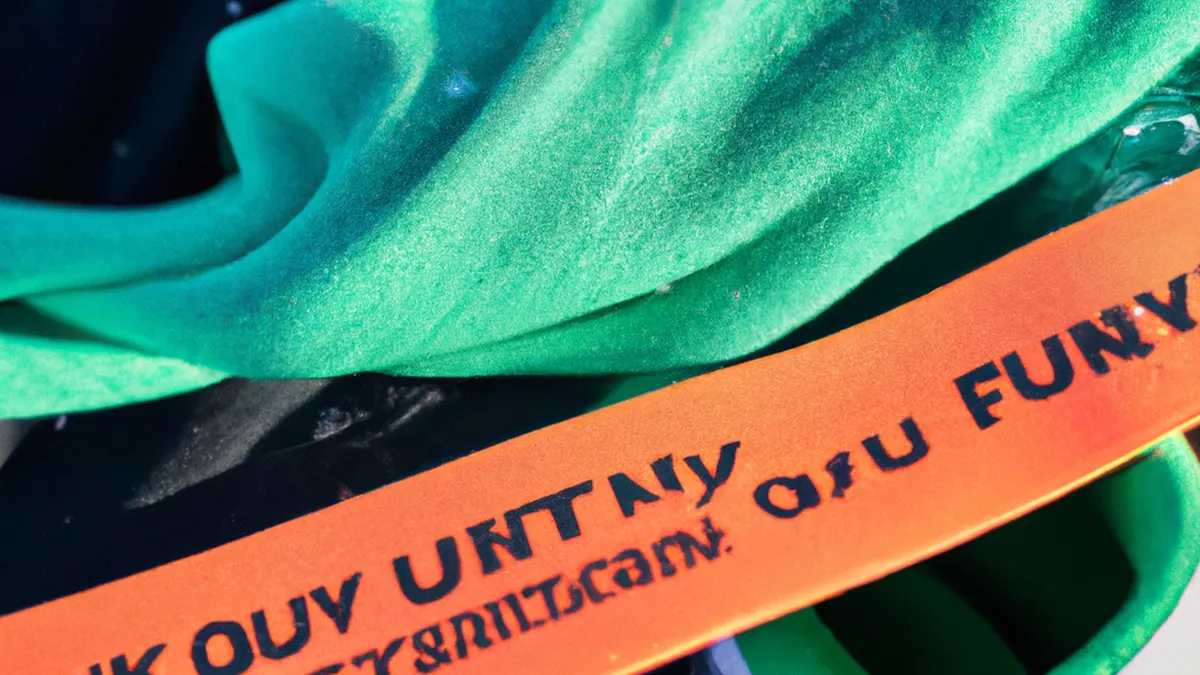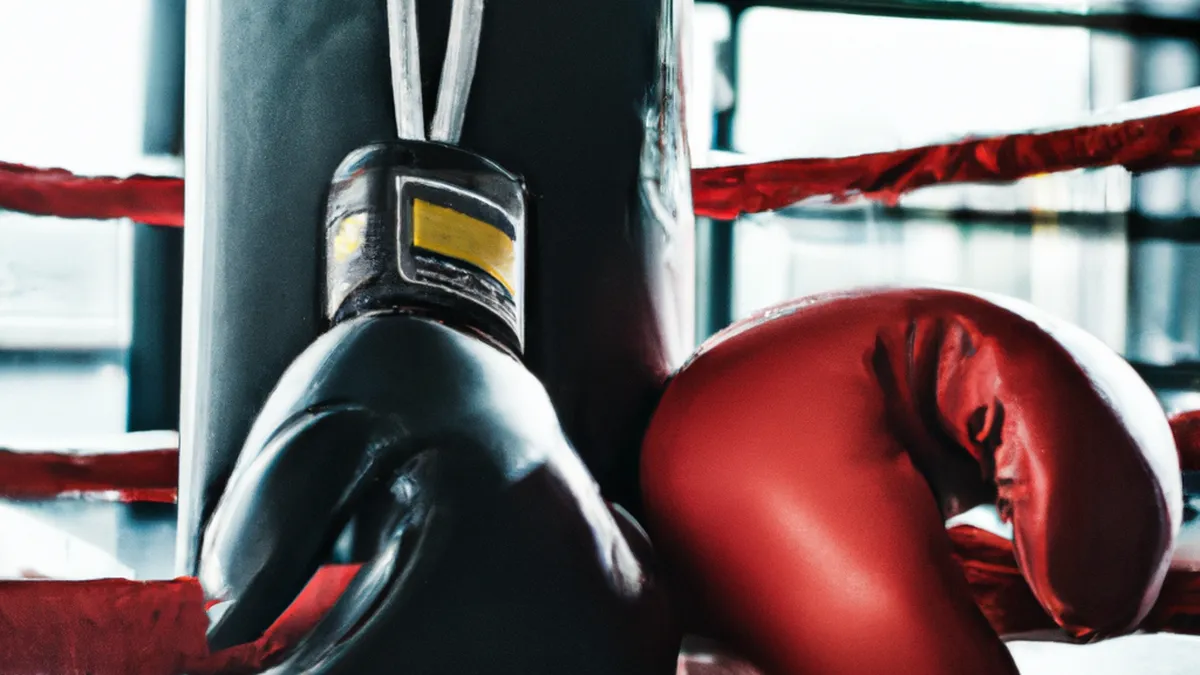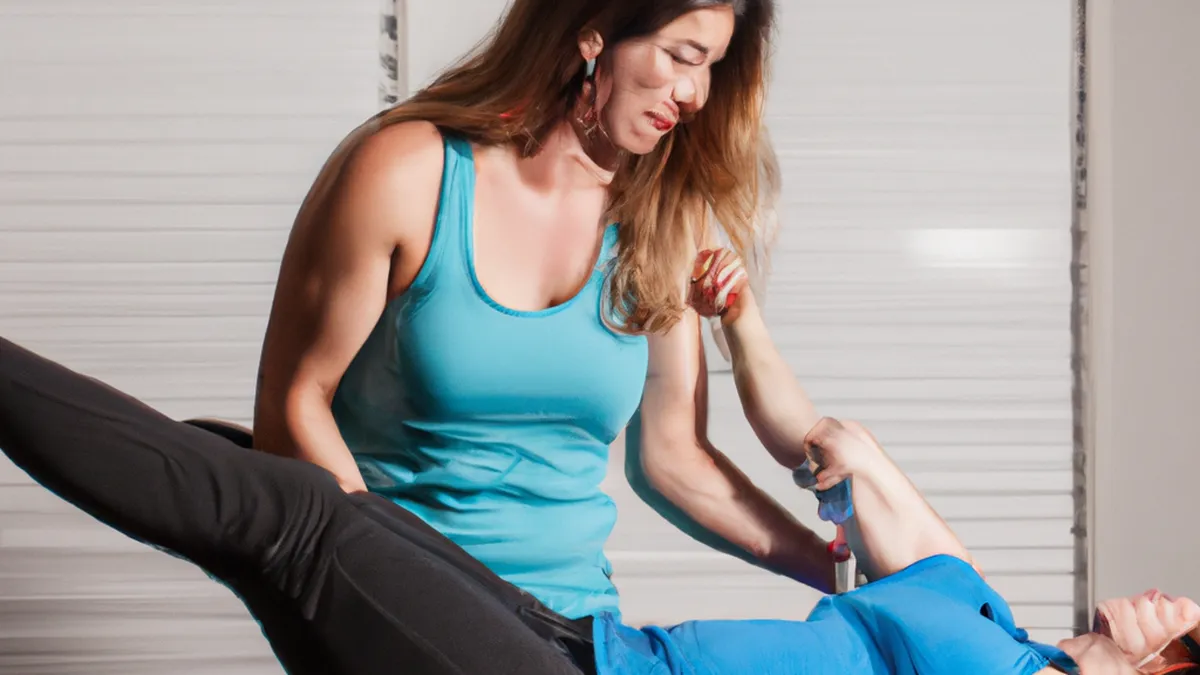Targeted Foam Rolling Techniques for Paddlers
Foam Rolling Techniques for PaddlersPaddling offers adventure, fitness, and a connection with nature. However, repetitive motions can strain your body. Whether you kayak, canoe, or paddleboard, prioritize recovery and injury prevention. Foam rolling effectively relieves muscle tension, improves flexibility, and enhances recovery. This post explores foam rolling techniques for paddlers, along with their benefits and best practices.
Understanding Foam Rolling
Foam rolling is self-myofascial release. Use a foam roller to apply pressure to tight muscles and fascia. Rolling over these areas relieves tension, improves blood flow, and enhances muscle recovery. Paddlers engage core, shoulder, and back muscles heavily. Focus on these areas during foam rolling to improve performance on the water.
Essential Foam Rolling Techniques for Paddlers
As an Amazon Associate I earn from qualifying purchases.
Gear tip: consider foam roller, high density foam roller, and massage oil to support this topic.
1. Targeting the Upper Back
Paddling stresses your upper back, especially during long sessions. Lie on your back with the foam roller under your shoulder blades. Cross your arms over your chest or clasp your hands behind your head. Lift your hips off the ground and roll from your upper back to your mid-back. Pause on tight spots for 15-30 seconds to help muscles release. This technique alleviates stiffness and improves posture for effective paddling strokes.
2. Releasing Tight Shoulders
Tight shoulders hinder paddling efficiency and can cause injuries. Place the foam roller on the floor and lie on your side. Position the roller under your shoulder with your arm straight. Keep your body in a straight line and roll from your shoulder to mid-arm. Move slowly and breathe deeply. This technique targets deltoids and rotator cuff muscles, releasing tightness and improving range of motion.
3. Easing Lower Back Tension
Lower back pain often affects paddlers due to forward-leaning posture. Sit on the floor with the foam roller behind you. Lean back onto the roller, placing it just above your tailbone. Roll from your lower back to your mid-back while engaging your core for stability. This technique relieves tightness and promotes better posture, crucial for endurance during paddling.
4. Smoothing Out the Quads
To ease tight quads, lie face down with the foam roller under your thighs. Roll from your hips to your knees slowly. This technique helps release tension and improves flexibility.
Conclusion
Foam rolling significantly enhances recovery and performance for paddlers. Incorporate these techniques into your routine to prevent injuries and improve your paddling experience.
Below are related products based on this post:
FAQ
What is foam rolling?
Foam rolling is a form of self-myofascial release that involves using a foam roller to apply pressure to tight muscles and fascia. This technique helps relieve muscle tension, improves blood flow, and enhances muscle recovery, making it especially beneficial for paddlers.
Why is foam rolling important for paddlers?
Paddling involves repetitive motions that can strain the body, particularly the core, shoulders, and back. Foam rolling helps alleviate muscle tension in these areas, improves flexibility, and promotes recovery, ultimately enhancing paddling performance and reducing the risk of injury.
What are some essential foam rolling techniques for paddlers?
Key techniques include targeting the upper back, releasing tight shoulders, easing lower back tension, and smoothing out the quads. Each technique focuses on specific muscle groups that are heavily engaged during paddling, helping to relieve stiffness and improve overall mobility.















Post Comment